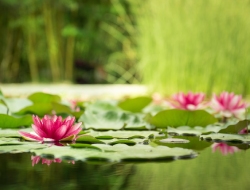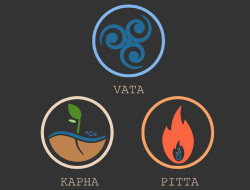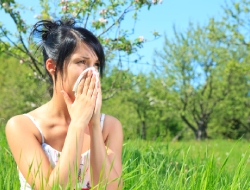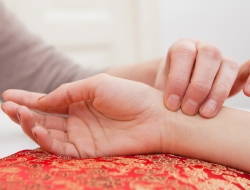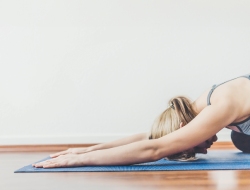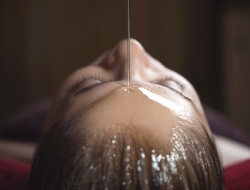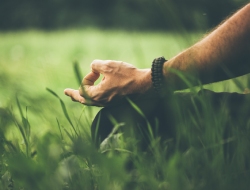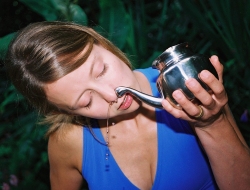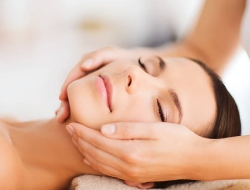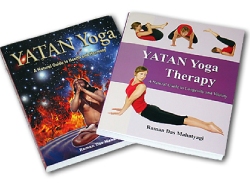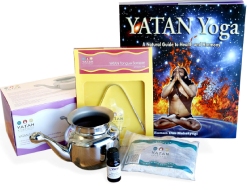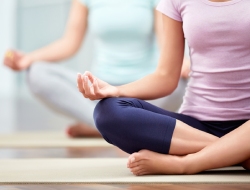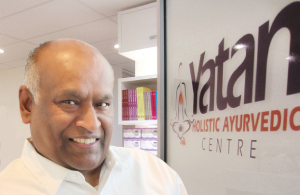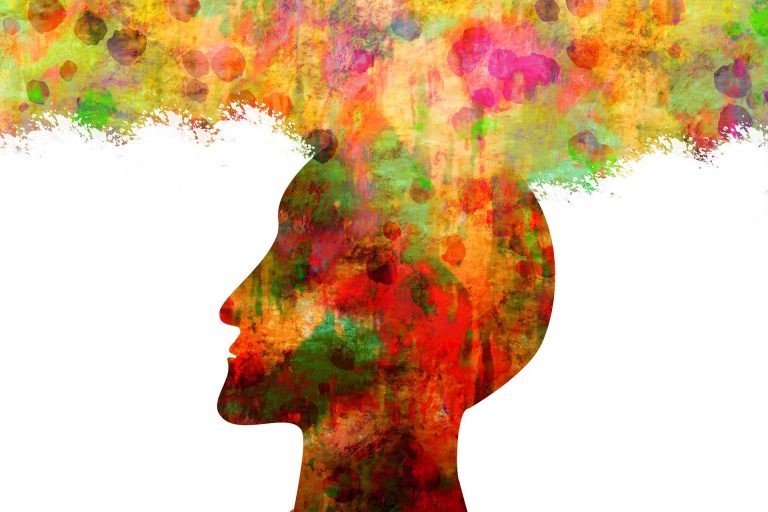How Energy Is Produced in the Body and What You Can Do to Raise It
If your cells are working properly, then you have adequate energy in your body. This vital force is one, but it expresses itself through various organs, neurons, and bodily functions in different ways. Each organ, in particular, has its own energy, its own vibration, and its own way of producing and releasing that energy.

During a typical Ayurvedic consultation at the Yatan Centre, our first assessment will be made by examining your hand energy. Our practitioners will do this by placing their palms a few inches above your hand to read the energetic signals. High energy will normally be perceived as heat that flows vertically above the hand. Low or problematic energy may be less warm, and occasionally the hands may be completely cold. And though it is rare, the practitioner may also sense that the energy is scattered or that it slants towards an awkward direction.
But sensing energy and measuring it is something you too can train yourself to do. Let’s look deeper into how this energy is expressed through different organs and how you too can learn to sense it and even raise it.
Types of Energy and How to Sense Them
There are two types of vital energy within the human body:
- Mitochondrial energy
- Adrenal energy
- Mitochondrial energy is the energy that exists in your cells and fuels their functions. When you have high physical energy levels, it is because your mitochondrial energy is at optimal levels.
- Adrenal energy, on the other hand, is not “real energy” at all, but rather a reserve that comes into effect when it is absolutely needed – when your mitochondrial energy is depleted. Adrenal energy is only ever made use of in emergencies and is often the product of sheer willpower and fierce motivation.
Now, let’s look at how much energy expresses itself through various organs:
Physical (body) energy
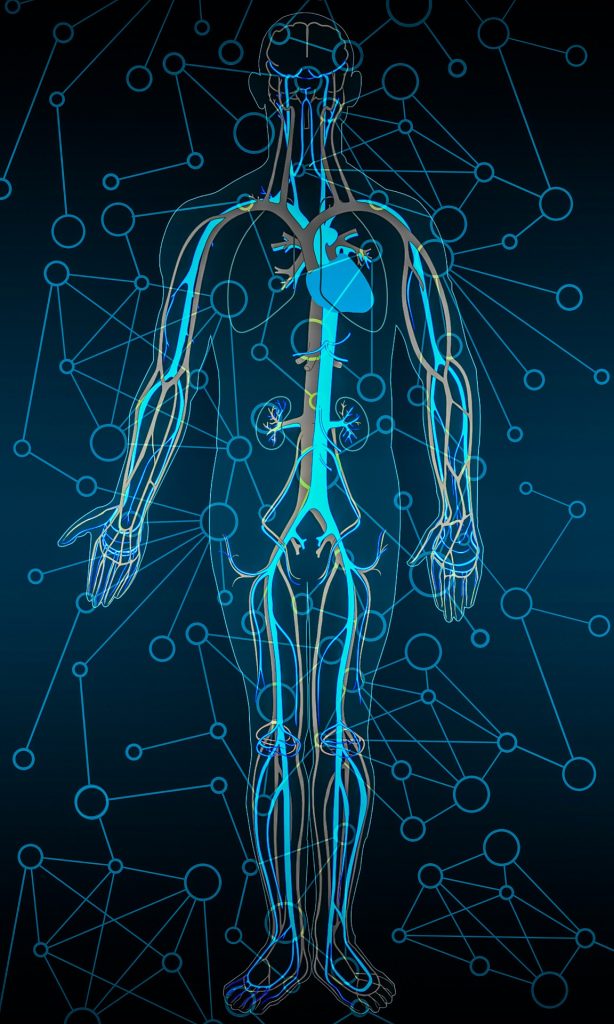
This is the energy of our entire body. It is a sum of all that we emit vibrationally as a whole. Sometimes this energy can be seen through the aura and measured by hovering the hands across various sections of the body. This energy may expand up to a radius of half a metre and is sensed in the form of heat. Colder areas of the body will almost always indicate some kind of energetic imbalance and possibly a health concern.
Eyes energy
The eyes can also emit energy. Aside from measuring this energy with a hand, the eyes themselves can betray how energetically charged they are by their glare. People who can easily focus their eyes upwards are generally considered to have higher mental focus than those who strain to do so. Eyes that are constantly lowered in their gaze signify low energy, fatigue, and poor neural capacity.
Hypothalamus energy
This tiny gland is situated centrally in the brain and is intricately linked to both the nervous system and endocrine system. It has its own frequency and vibrates at a certain wavelength, which is higher than that of other organs. It is also responsible for controlling body temperature, which ultimately links it to your overall energy. When it secretes an optimal amount of neurohormones, the hypothalamus is balanced and can even serve as a gateway to higher consciousness and “miracles”. To sense the energy of this particular point, you can place your hand at the back of your skull.
Crown energy
The Crown chakra is located at the very top of your head. This section may feel warm and even tingly when you are in a deep state of meditation or are generally a highly intuitive person. All energy flows to this center when raised within the body.
Feet energy
The base of your feet can also be used to measure the energy within your body. When your extremities are of a balanced temperature, blood supply is optimal. Warm feet (but not overly hot) will generally indicate good heart health. Colder extremities may very well indicate a blood or heart condition, even if it is not yet present or obvious.
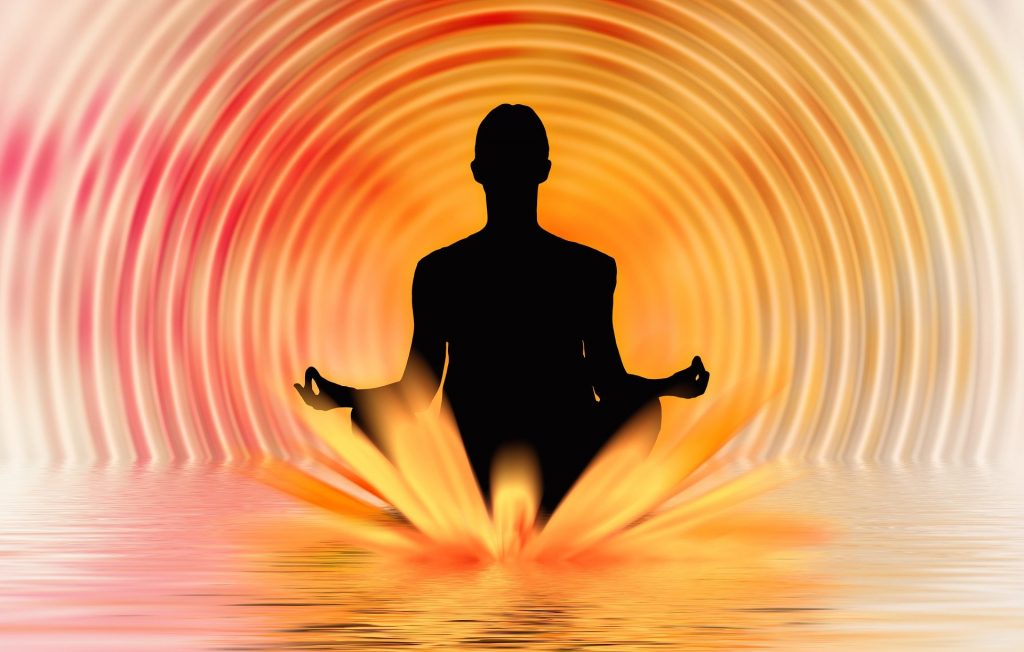
Kundalini or Shakti energy
For those who delve into advanced yogic practices like Kundalini Yoga, they may experience intense heat, pain, and other sensations in the base of their spine. This energy is known as Shakti and can express itself through quite dramatic symptoms when it stirs. At times, these symptoms can feel like a medical emergency. It is quite rare that you would experience this energy without having used the appropriate asanas and pranayama to “awaken” it, but an Ayurvedic practitioner will be able to assess whether or not it is in fact activated.
As you can see, there are many different types of energy expressions and emanations within the human body. But what can you do if that energy is generally low?
How Can I Raise My Energy Levels?
Producing more energy within the body is most definitely possible. In fact, you can train your body to make energy production a habit. This can be done through:
1. Yoga and Pranayama
Yoga is a form of therapy that will up your energy levels and increase your body temperature if you are cold. It also increases blood supply and nourishment to your organs and can help speed up recovery if you are feeling unwell. An Ayurvedic practitioner can advise you on the best postures to do depending on your condition, health, age, and any physical limitations you may have.
2. A dosha-specific diet
Your diet should raise your energy, not make it plummet. If the latter occurs, then you are most likely not eating in accordance with your body type (dosha). An Ayurvedic practitioner can provide you with a customised dietary plan that includes energy-increasing foods that your body can easily metabolize and make optimal use of.
3. Sunlight exposure
Being out in the sunlight more often can encourage your brain to secrete hormones you may be lacking in. This can result in raised body temperature as well as a significant boost of energy, especially if done habitually. Sungazing is an ancient Indian practice that can also help you achieve this state. Consult your Ayurvedic practitioner for more details.

4. Elevating your thoughts
The way we think impacts our bodies more than we can fully understand or admit. Negative thoughts can somatize into real physical symptoms, which can in turn lead to disease. Chronic stressful thoughts, in particular, have been proven to lead to mental fatigue, forgetfulness, and even dementia as one ages. Elevating your thoughts can, similarly, elevate your energy levels and even help prevent disease. Find out more about how thoughts can impact your health in this article.
5. Ayurvedic treatment
For a complete inside-out “reset” and a profound boost in physical and mental energy, you can opt for Ayurvedic treatments such as Panchakarma or our Rejuvenation Program at the Yatan Centre. Both offer a deep, detoxifying experience and can leave you feeling revigorated in mind, body, and spirit.
Conclusion
Low energy can be an indication of a serious health condition. Therefore, you must never ignore symptoms like fatigue, especially if they persist over time. If you are unable to see an Ayurvedic practitioner have your energy levels assessed, you can start practicing sensing your energy on your own.
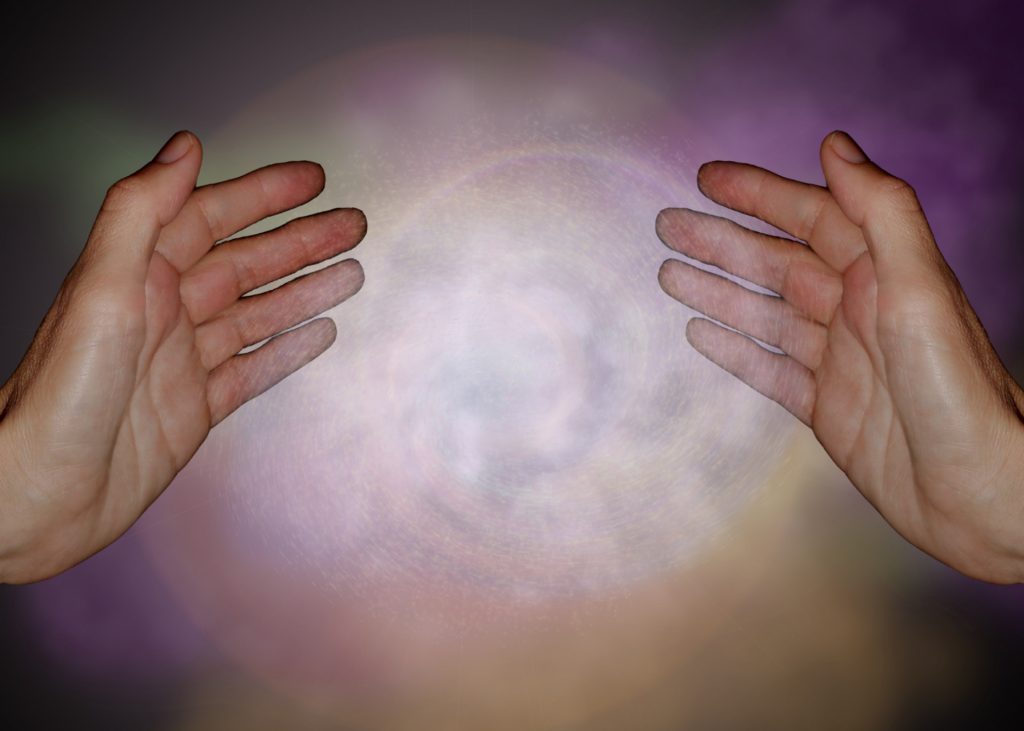
To test your own energy levels, simply bring your hands together and look for any warm or tingly sensation. You can also hover your hands over your feet, eyes, and other parts of the body to see what kind of energy you pick up. With practice over time, you will learn how to distinguish high energy from low or non-existent energy throughout your body. If this is hard to accomplish, you can always reach out to an Ayurvedic practitioner to further guide you.
Do you suffer from fatigue and low energy levels? Contact us today for a phone consultation or book an appointment online.
Disclaimer: This article is not intended to substitute medical advice. All information and resources referenced, including medicinal preparations, fitness, dietary, and lifestyle recommendations, are based on the opinion of the author. Please consult a medical practitioner if you require advice or are experiencing any worrisome symptoms.
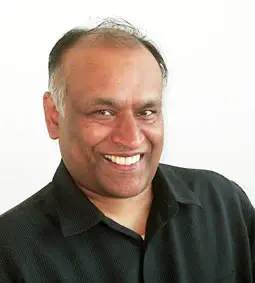
*Discover holistic healing with a complimentary phone or video consultation from our expert Ayurvedic practitioner. Start your path to better health today!*
